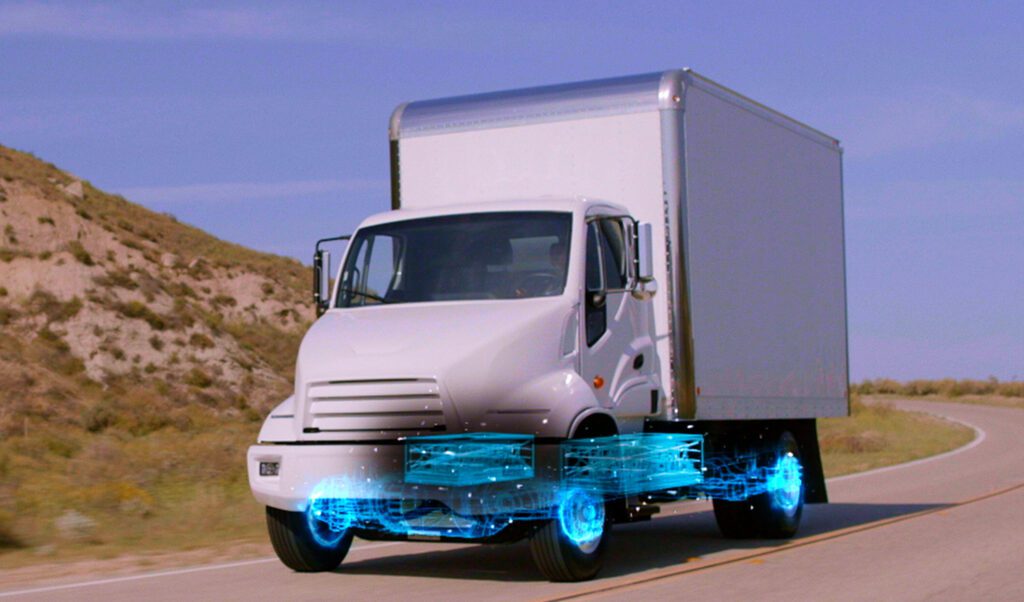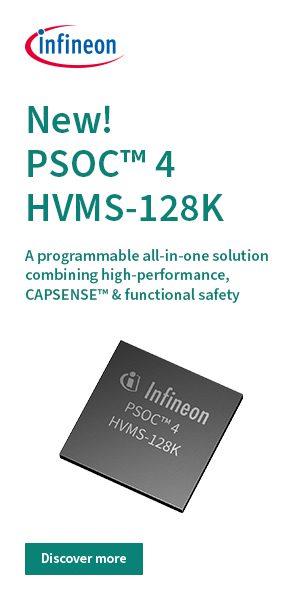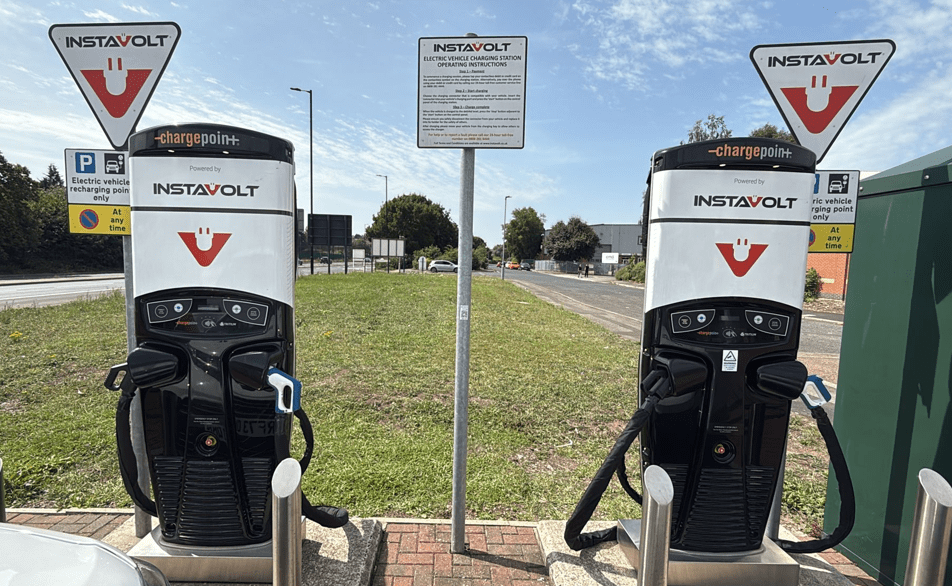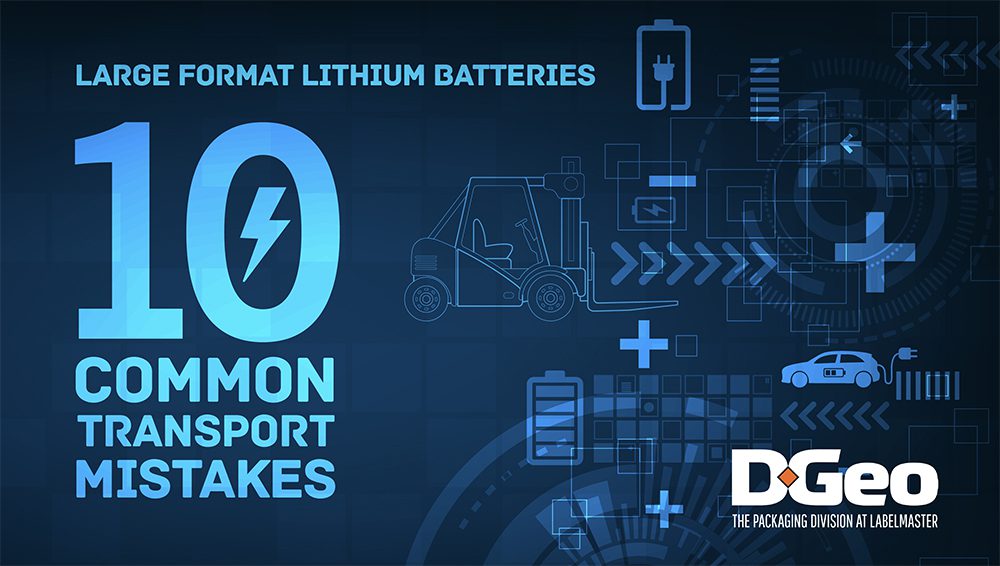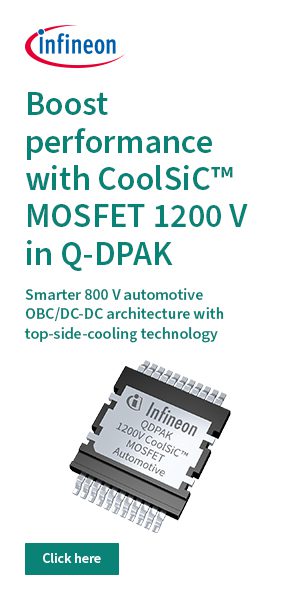US-based magnet manufacturer Niron Magnetics has licensed a portfolio of foundational variable flux motor (VFM) patents.
The portfolio covers motor design technologies that, when combined with Niron’s rare earth-free Iron Nitride magnets, enable high efficiency and performance improvements across applications, including automotive traction, robotics, pumps, compressors, HVAC systems and more. The high efficiency enables smaller battery pack sizes in vehicles.
Industry leaders agree that this is an important shift in motor design. “Variable flux motors have been built and proven before,” said Daniel Hervén, CEO at global engineering and motor design firm Alvier Mechatronics. “What’s held these motors back is the lack of an ideal material. Rare earth magnets are not well-suited for this motor type. Until now, most VFM work was done with AlNiCo, but VFMs with AlNiCo magnets fall short of the performance needed for commercial use, and cobalt faces supply chain challenges. Iron Nitride presents the opportunity to unlock VFM for mainstream commercial use.”
“This licensing agreement is the result of decades of world-class motor research meeting the best of material science ingenuity to bring next-generation motor performance to commercial reality,” said Jonathan Rowntree, CEO of Niron Magnetics. “Our iron nitride technology provides the missing piece that accelerates this achievement into industrial scalability, enabling multiple ongoing customer projects that are focused on commercializing breakthrough technology.”
Source: Niron Magnetics



